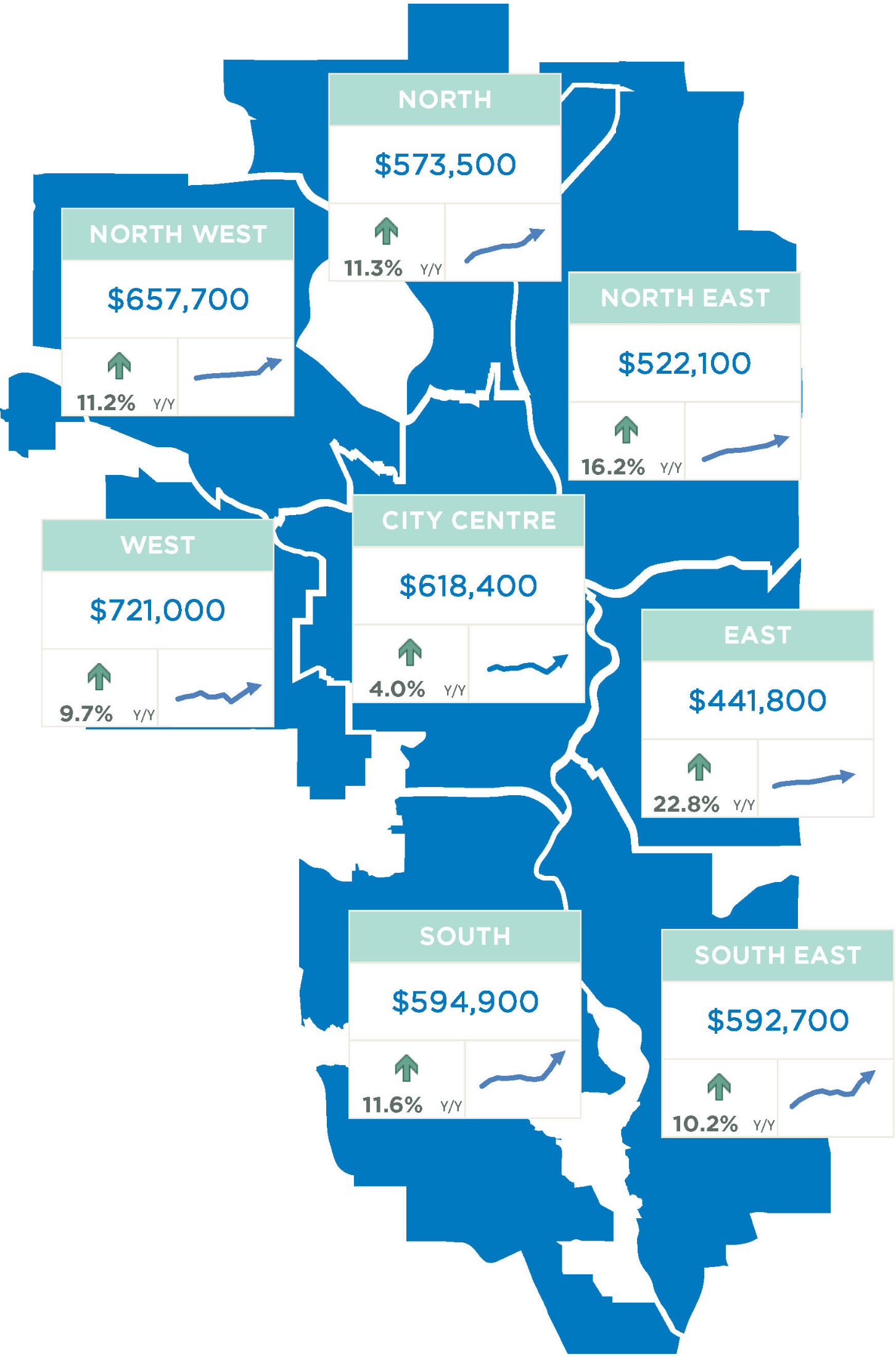As of September 28, 2024, there are 4,617 homes actively listed for sale in Calgary. Whether you're buying or selling, understanding which market you are in is crucial. Real estate can shift between a buyer’s market and a seller’s market, often depending on the number of active listings rather than properties that have already been sold.
Why Active Listings Matter More Than Sold Listings
The real competition in the real estate market comes from the active listings, not the homes that have already sold. Here's why:
1. Active Listings Define Market Conditions: When there are more homes for sale than buyers, it creates a buyer’s market. Conversely, when listings are scarce and demand is high, it becomes a seller’s market. Whether you’re a buyer or seller, knowing how many homes are actively competing with you at any given time is essential.
2. Constantly Changing Numbers: Active listings fluctuate daily. The property that’s available today might be under contract tomorrow. This is why it's crucial to stay updated on the latest numbers and trends in the market.
3. Tailored Strategies for Buyers and Sellers: If you’re a buyer, you want to know how many homes are available in your price range, so you can avoid overpaying. As a seller, understanding your competition allows you to price your home strategically to attract more offers.
Which Market Are You In? Buyer’s or Seller’s?
Calgary’s housing market is incredibly dynamic. Depending on your price range and neighborhood, you might be in a buyer’s market in one part of the city and a seller’s market in another. Here’s a breakdown of the current active listings by price range to help you understand the competition:
- Under $300K: 431 homes – ideal for budget-conscious buyers.
- $300K - $600K: 1,823 homes – a highly competitive mid-range market.
- $600K - $900K: 1,502 homes – options for more established buyers.
- $900K - $1.5M: 609 homes – for those seeking luxury living.
- Over $1.5M: 252 homes – an exclusive market with high-end properties.
Stay Ahead with Real-Time Data
In a market that changes as rapidly as Calgary’s, staying ahead of the curve means having access to the most current information. That’s where working with a professional Realtor like Jerry Charlton can make all the difference. Jerry stays on top of the latest active listings, giving you an edge over other buyers and sellers who may be working with outdated data.
Why Choose Jerry Charlton?
- Expert Market Knowledge: With years of experience in Calgary real estate, Jerry knows the ins and outs of the market, whether you're looking to buy or sell.
- Daily Updates on Active Listings: Jerry ensures that his clients have the latest information on homes available for sale, so you’re always informed and can act quickly.
- Strategic Guidance for Buyers and Sellers: Knowing whether you’re in a buyer’s or seller’s market helps shape your strategy. Jerry helps his clients price competitively and bid smartly, depending on the current conditions.
The Key to Success: Active Listings
Remember, it's the active listings that shape the market, not the homes that have already sold. By understanding and staying on top of these numbers, you can make smarter, more informed decisions when buying or selling a home.
Get the Edge in Calgary’s Real Estate Market!
If you're looking to stay ahead of the competition, contact Jerry Charlton today. Whether you're buying or selling, Jerry provides real-time data and expert insights to ensure you make the best move in Calgary’s ever-changing real estate market.
In real estate, timing is everything. Knowing whether you’re in a buyer’s or seller’s market can give you a significant advantage. With 4,617 active listings in Calgary today, the competition is real, and having the latest information could be the key to getting the home of your dreams or selling at the best price.
Ready to get started? Reach out to Jerry Charlton now for the latest updates and expert advice


















.png)
.png)
.png)





